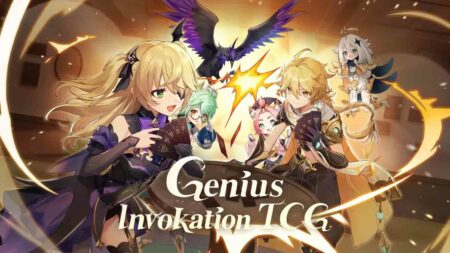Updated on May 9 at 11:40 a.m. GMT+8: Improved relevancy.
HoYoverse adds another dimension to Genshin Impact‘s gameplay with Genius Invokation.
Genius Invokation is a trading card game (TCG) mode that allows players to build decks — featuring their favorite characters — and fight NPCs and friends in an all-out card battle.
While the TCG borrows a lot of elements from Genshin’s RPG gameplay, it has a lot of new mechanics that might confuse the everyday Genshin player.
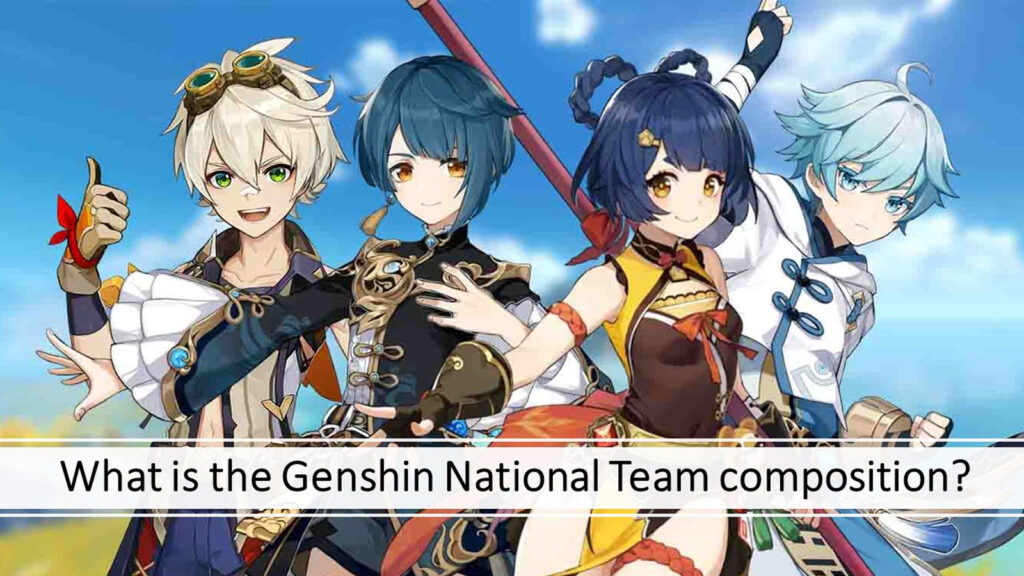
Here’s a detailed guide on how to play the Genshin Impact TCG, including its main objective, phases, and how to use cards.
A basic guide to Genshin Impact TCG, Genius Invokation
Objective of the game
- Each deck contains 30 action cards and three character cards
- The goal is to eliminate all 3 of your opponent’s character cards
Genius Invokation is a turn-based PvP card game within Genshin Impact. Each player starts the game with a deck of 30 action cards and three character cards and takes turns drawing and using cards on the board.
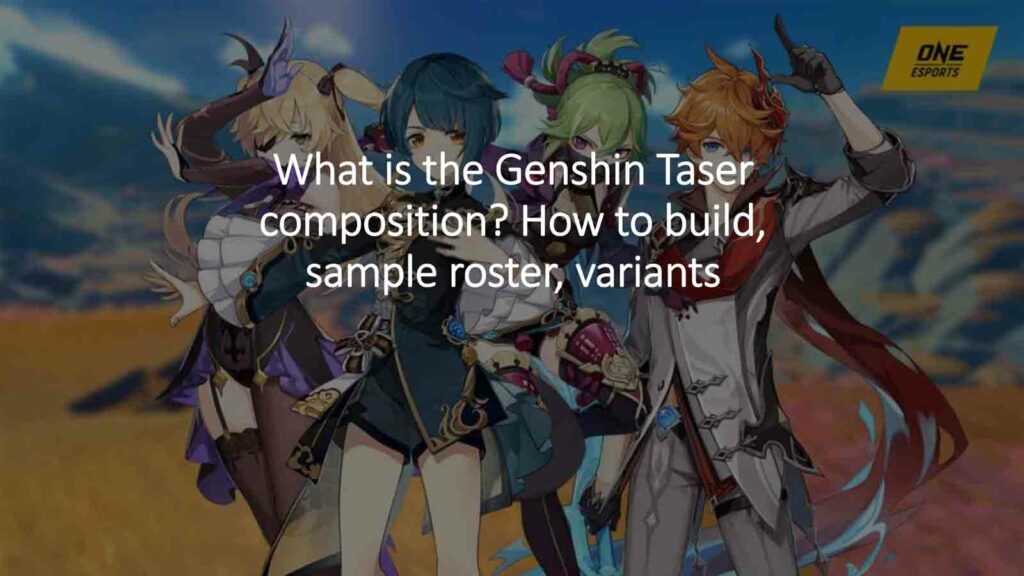
Each side of the board has three visible character cards. The character card’s health appears on the top left of the card.
To win a game, you must eliminate all three of your opponent’s character cards.
What’s on the Genius Invokation board?
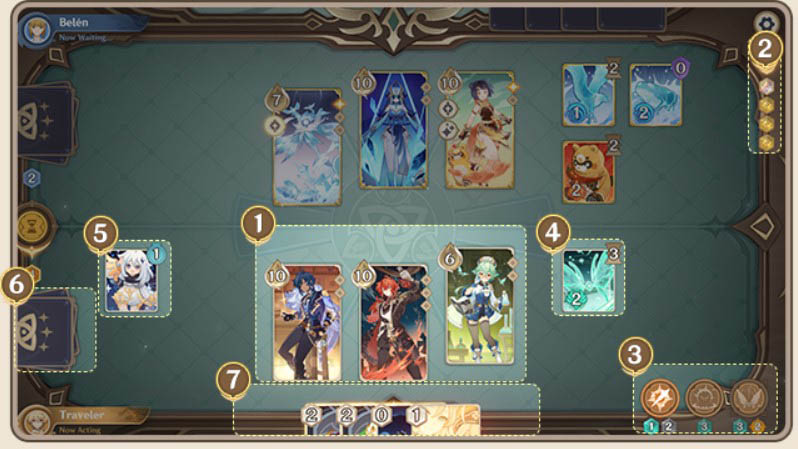
Here’s a quick rundown of the seven areas found on a game board:
| AREA NUMBER | NAME | PURPOSE |
| 1 | Character Zone | This is where all three of your character cards are placed |
| 2 | Elemental Dice | This displays how many dice you have and their elements |
| 3 | Character Skills | This displays the skills that your active character card can use |
| 4 | Summons Zone | This area is where you can see all your deployed Summons The zone can hold up to four Summons |
| 5 | Support Zone | Support cards are placed in this area. The zone can hold up to four support cards |
| 6 | Draw Pile | This is where players will automatically draw cards from If the Draw Pile is empty, then no new card will be added to your hand |
| 7 | Hand | This shows all the action cards that you can play You can have a maximum of ten cards in your hand |
What kinds of cards do you use in Genius Invokation?
Your Genius Invokation deck consists of 30 action cards in the Draw Pile, and three character cards for the board.
Character card
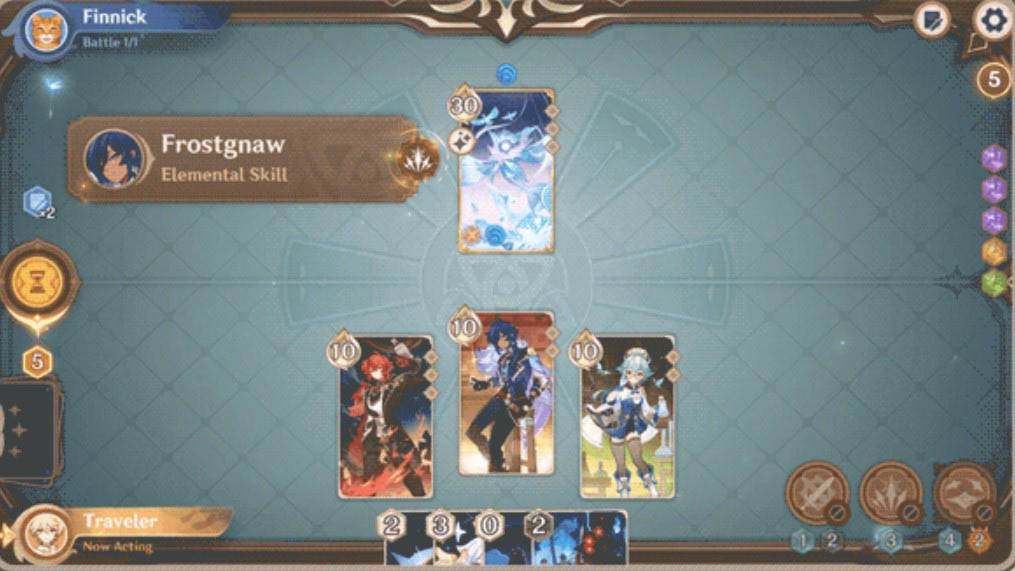
- You have 30 HP in total across three character cards
- Characters have the same skills as in Genshin Impact
- Burst is only available at max energy
The character cards appear in front of your hand and act as your health for the game. You have a total of 30 HP since each character starts with 10 HP.
A character card has the same set of skills as its Genshin counterpart. The card has the ability to use a normal attack, elemental skill, and elemental burst.
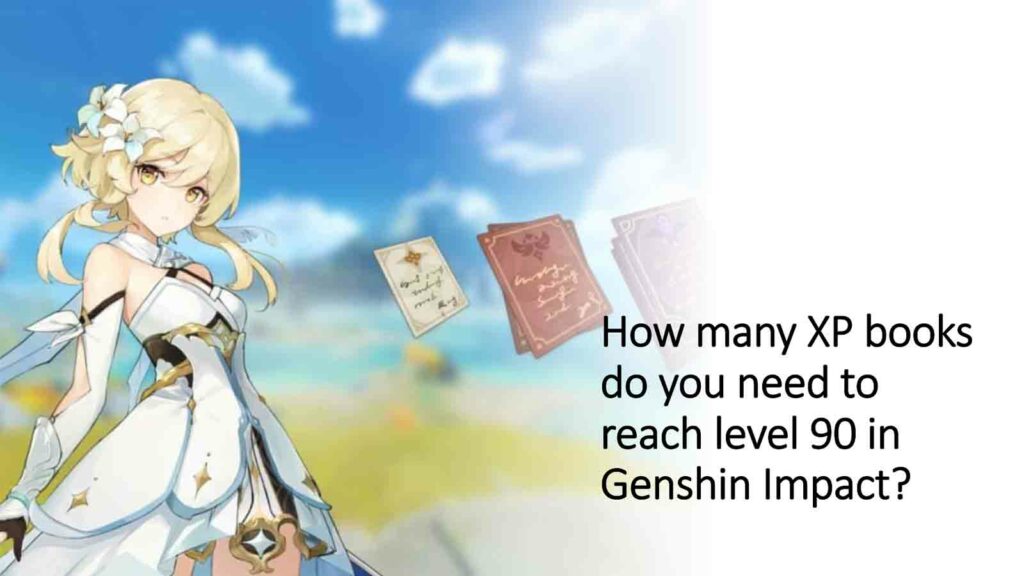
The burst only becomes available once your character’s energy, seen on the right side of the card, is maxed out. You can build energy by using the skills of that character.
Each normal attack and elemental skill adds one energy.
Action card
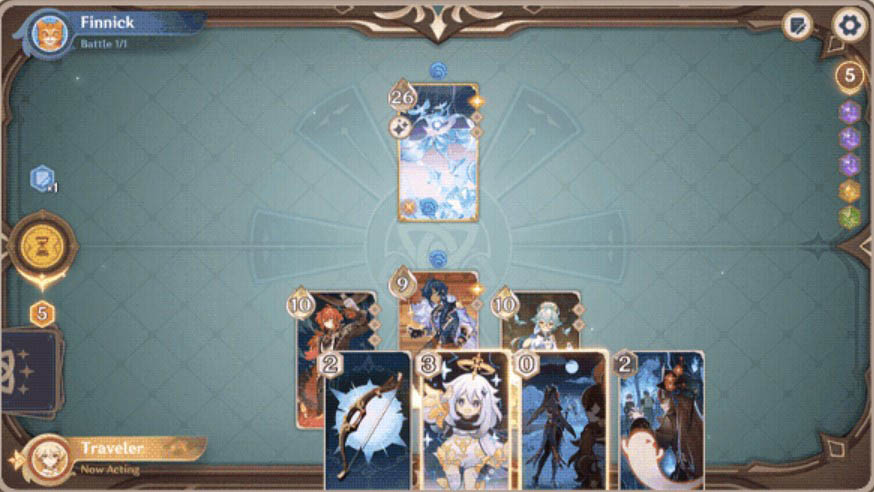
Action cards are cards that are played from your hand. A maximum of 10 action cards can be held in your hand at a time.
There are three types of action cards:
| TYPE OF ACTION CARD | DESCRIPTION |
| Equipment card | These cards can be equipped on character for an added buff A character can only equip one Weapon and one Artifact equipment card at a time. There is no restriction on other equipment cards |
| Event card | These can be played immediately to trigger their effects |
| Support card | These are placed in the Support Zone to continuously apply supporting effects to the board |
What is Elemental Dice?
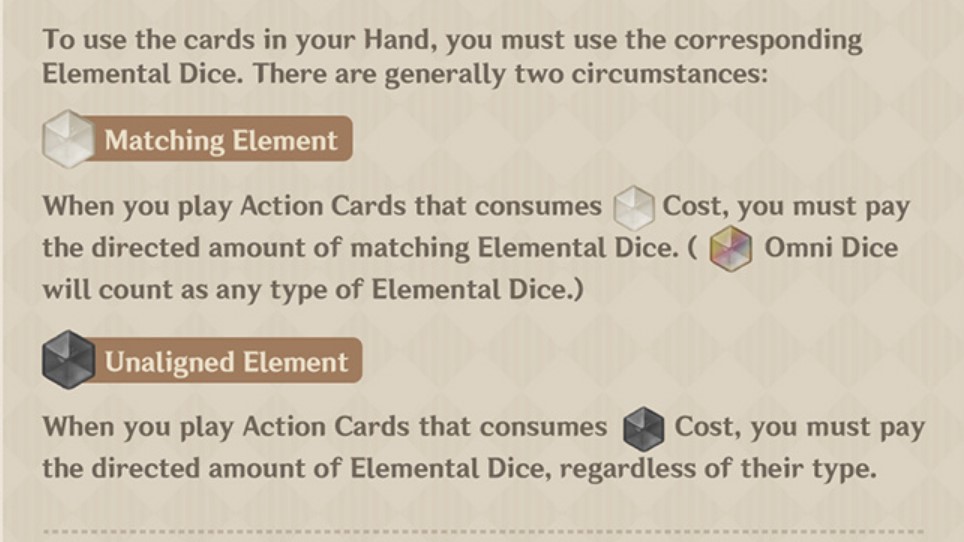
Consider Elemental Dice as your action currency.
These allow you to use your active character’s skills and play any card from your hand, depending on its cost. The cost is associated with both the element of the die and the amount of dice needed.
While character cards have set amounts, action cards can take a variety of elements based on two different circumstances:
- Matching Element, marked by a white crystal
- Unaligned Element, marked by a black crystal
If a card has a matching element cost, you must pay the specific amount of the same Elemental Die. The Omni Dice, marked by a multi-color crystal, counts as any type of Elemental Die.
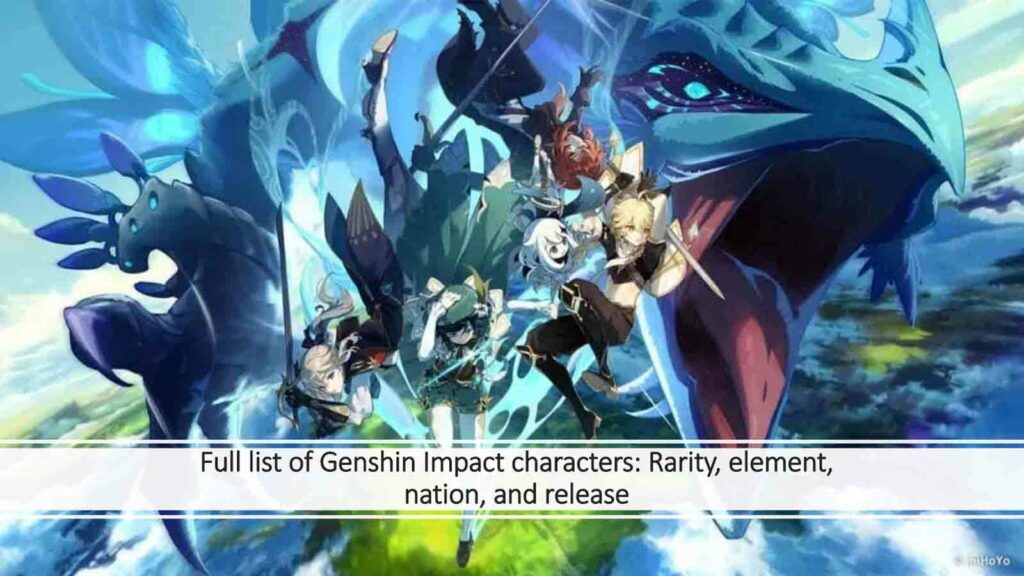
If a card has an unaligned element cost, you must pay the amount of Elemental Dice, regardless of type.
Since the costs of skills are based on the character’s element, it’d be best to field three characters of different elements. This way, you have a more diverse skill pool that works well with various dice rolls.
Explanation of card actions
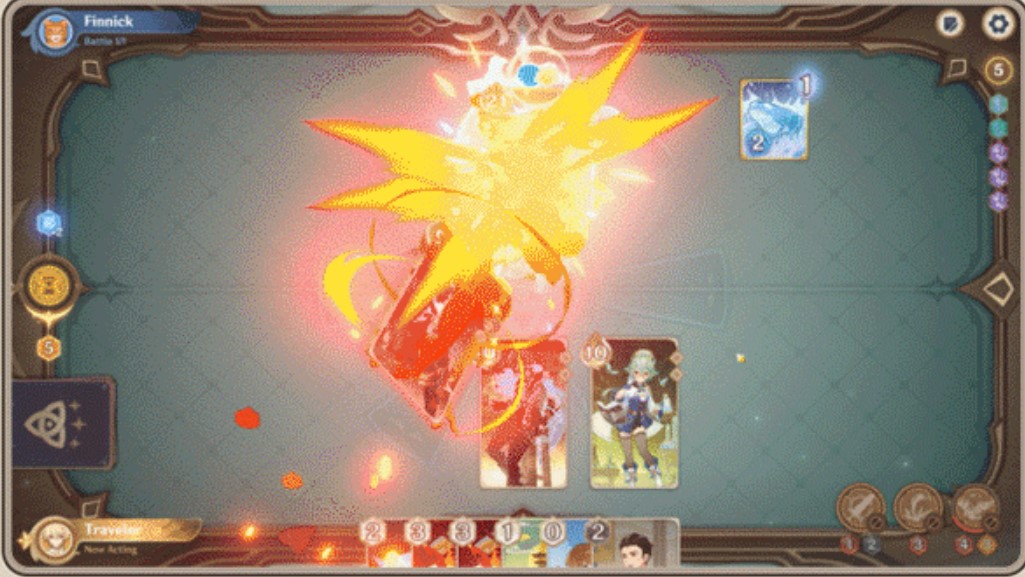
Actions are divided into two types:
- Fast Actions
- Combat Actions
Fast Actions are moments in play when you can continue your turn right after. Playing an action card and Elemental Tuning are considered Fast Actions.
Combat Actions are any kind of action that relates to combat, which ends with you passing your turn to the opponent. Using skills, switching characters, and declaring round end are categorized as Combat Actions.
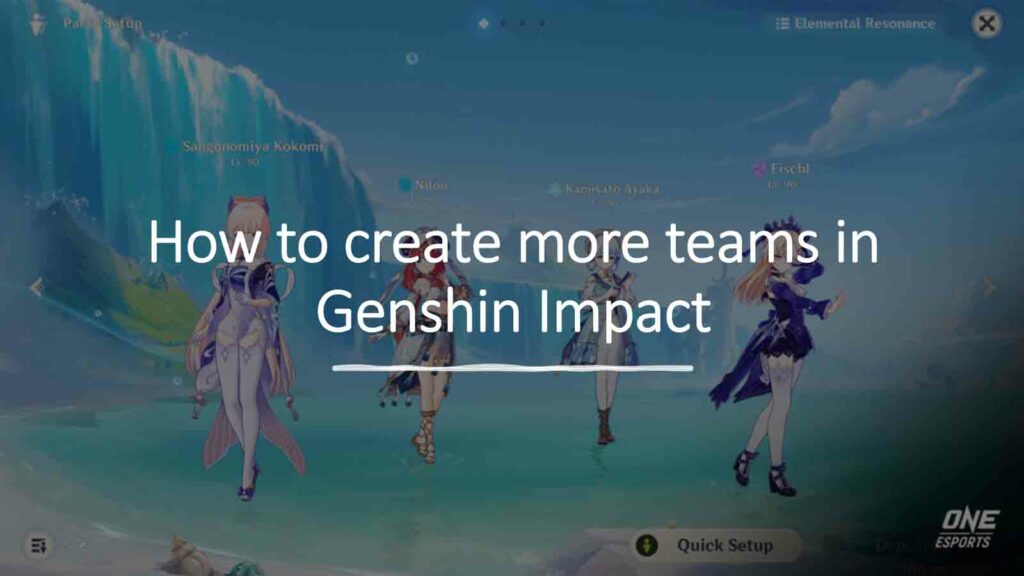
Keep in mind that some action cards follow the Combat Action rule, so make sure you read the effects of a card before playing it.
What are Statuses and Combat Statuses?
Some characters have skills that apply a Status to themselves. An example would be Razor’s elemental burst, Lightning Fang, which provides buffs to Razor for two rounds.
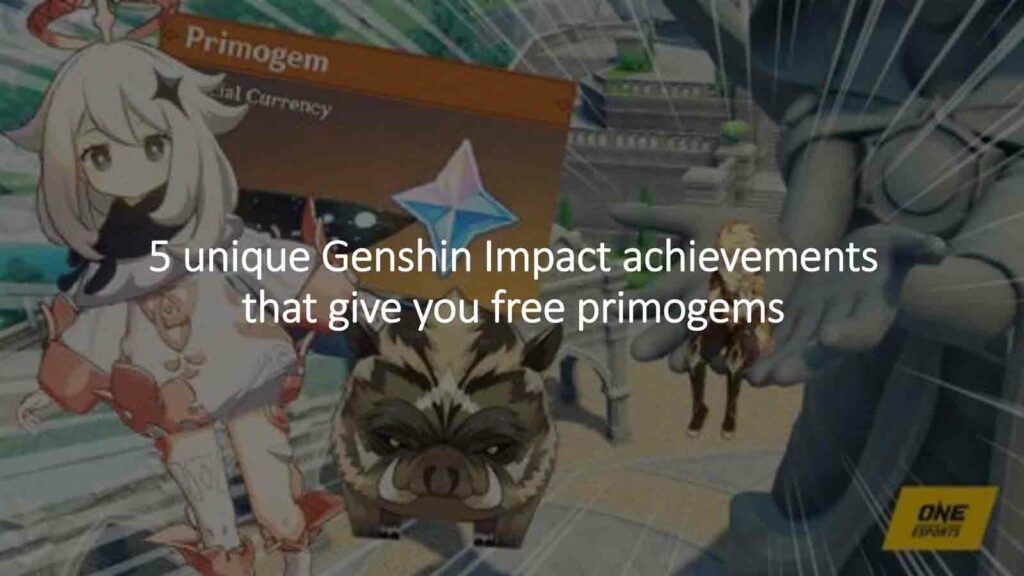
Combat Statuses are a more versatile type of Status that allows you to pass the effects to another character. Kaeya’s Glacial Waltz, which lasts for three rounds, can be passed when you switch him out for a new active character.
You can see if a character is affected by a Status at the bottom left of their card.
How do elemental reactions work in Genius Invokation?
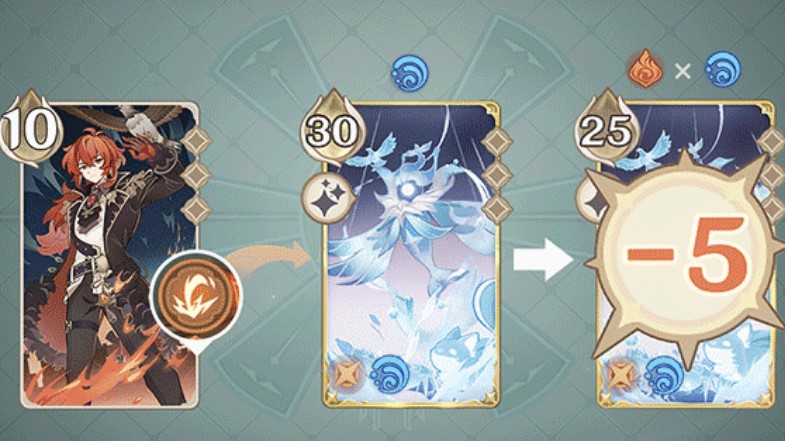
Elemental reactions can be used to amplify your damage to opponents during the Action Phase.
Similar to Genshin’s gameplay, you can trigger an elemental reaction by applying two different elements to an enemy character. The second application of elemental damage will then result in a reaction with increased damage.
An important thing to note is that any type of Cryo, Hydro, Pyro, Electro, or Dendro damage will apply the corresponding element to its target. Anemo and Geo damage are the only exceptions to this rule, and do not apply their respective elements.

Certain cards also apply elements to characters without a Combat Action. For example, the support card “Ley Line Disorder: Wet” applies Hydro to the active character when the Action Phase begins.
You can also use elemental application as a way to deny an elemental reaction. If a character like Xingqiu is affected by Pyro, you can play Fatal Rainscreen to apply Hydro on him and initiate the Vaporize reaction with no damage.
Game flow of Genius Invokation and important phases
Each game consists of three segments:
- Preparation
- Rounds
- Victory evaluation
At the start of every game, both sides draw five cards from their shuffled Draw Pile, which forms their starting hand. Players get one chance to switch out any number of cards in their hands.
Once a player has locked in their starting hand, they must select their active character for the first round.
The rounds segment makes up most of your card gameplay. Each round has three different phases:
- Roll
- Action
- End
Roll phase

The Roll phase determines the eight Elemental Dice at the start of each round.
Just like your starting hand, players have one chance to choose any number of dice and reroll them.
Do note that rolled dice can only be used in that specific round, and will not carry over to the next round.
Action phase
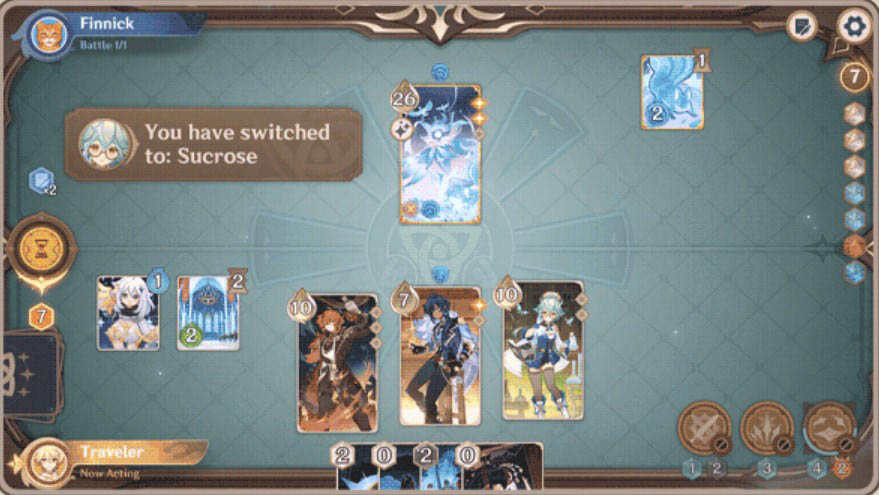
Once the Roll phase is over, you enter the Action phase where you and your opponent take turns to make moves.
Always remember that you’ll only have eight dice in each round, so make sure you get the correct elements for a powerful flurry of attacks.
Here is a list of all the possible actions you can do in the Action phase:
| ACTION | DESCRIPTION |
| Use skill | Utilize your active character card’s three skills (normal attack, elemental skill, and elemental burst) to attack the enemy or support your other cards You can only use the elemental burst once the specific character has maxed out its energy, which appears on the right side of the card |
| Switch characters | Pay one Elemental Die to switch your active character cards |
| Play card | Pay the cost of a card in hand and play it in battle |
| Elemental Tuning | Discard one card from your hand and change the element of one Elemental Die |
| Declare round end | End your action phase for this round The first player to declare will go first in the next round |
End phase
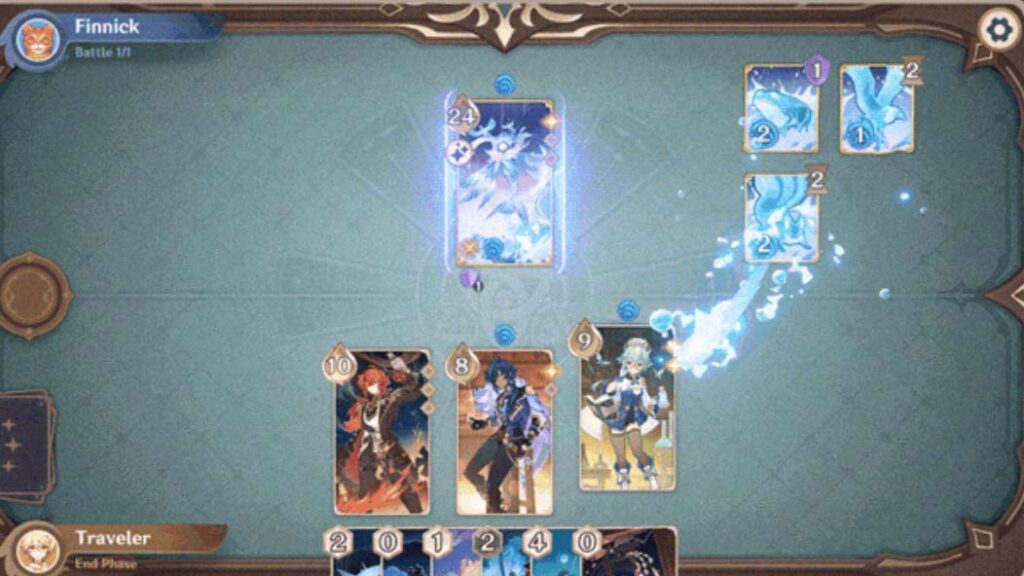
The end phase closes out the round with a playthrough of all card effects in play.
These card effects are a good way of finishing low-health characters or healing your team for the next round.
Both players then draw two cards and the next round begins.
For a more in-depth look at the game, you can check out HoYoverse’s basic and advanced rules of Genius Invokation.
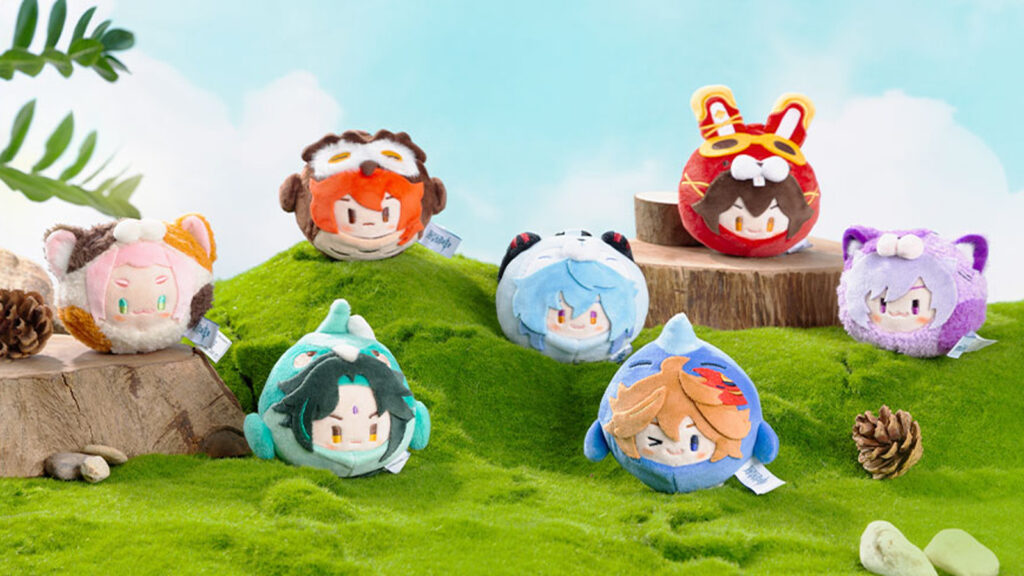
Just a heads up, some of the links on ONE Esports are affiliate links. This means if you click on them and make a purchase, we may earn a small commission at no additional cost to you. It’s a way for us to keep the site running and provide you with valuable content. Thanks for your support!
READ MORE: Genshin Impact card game Genius Invokation TCG: Release date, gameplay
